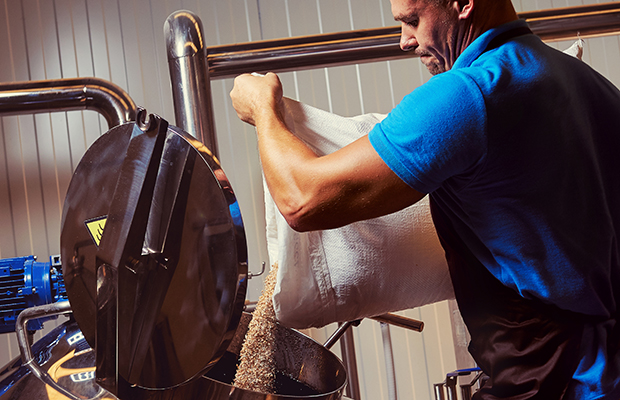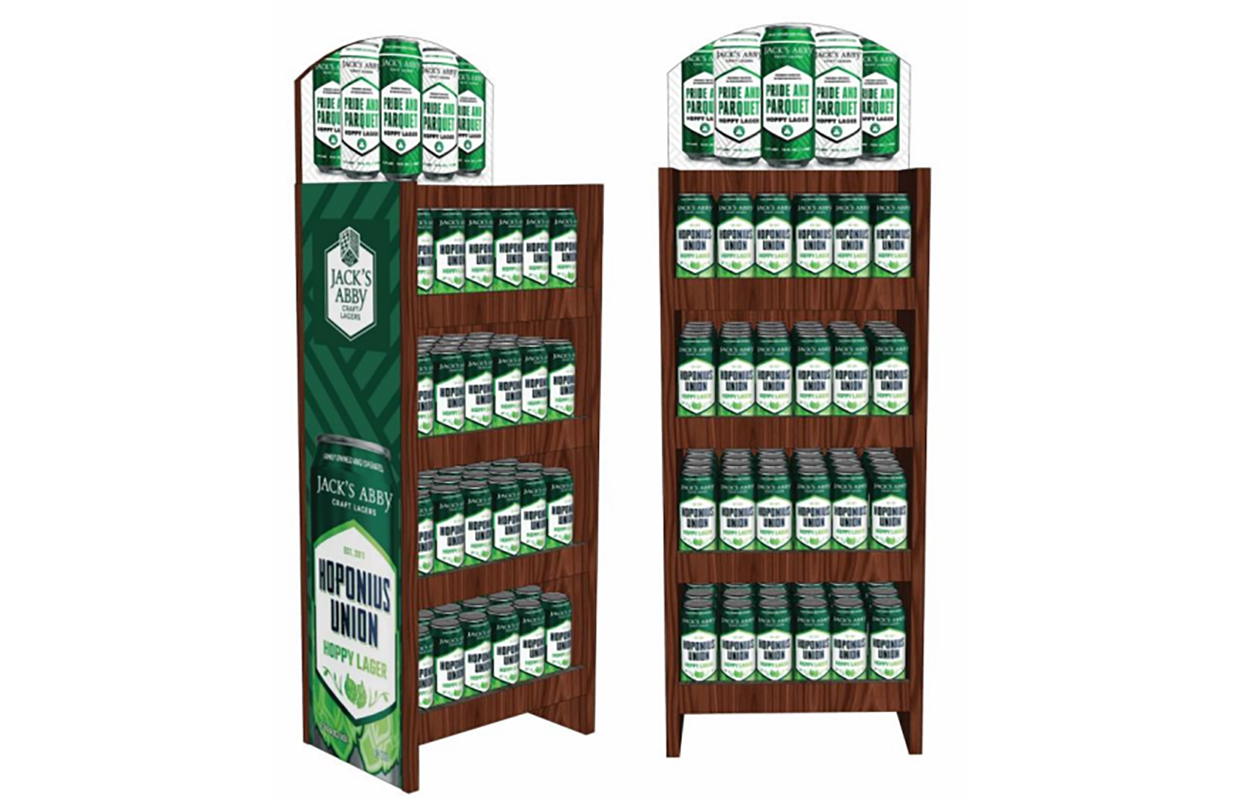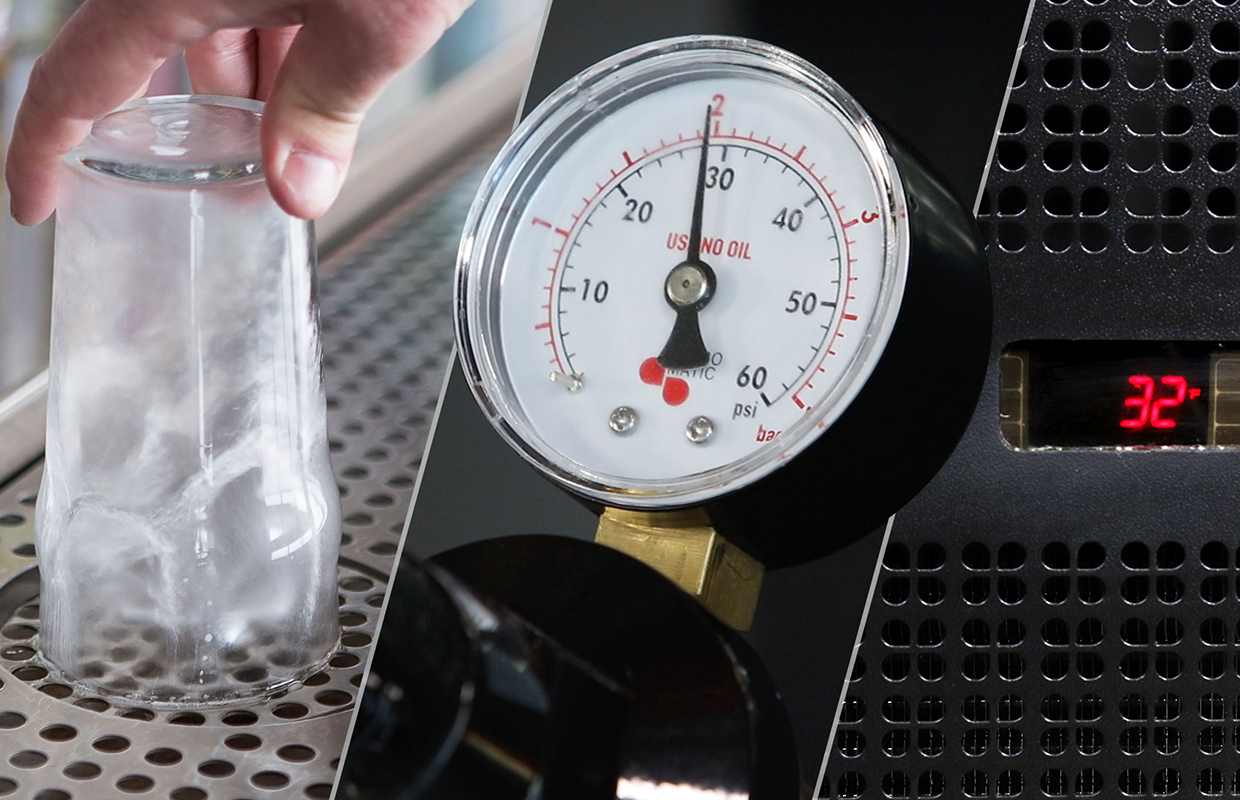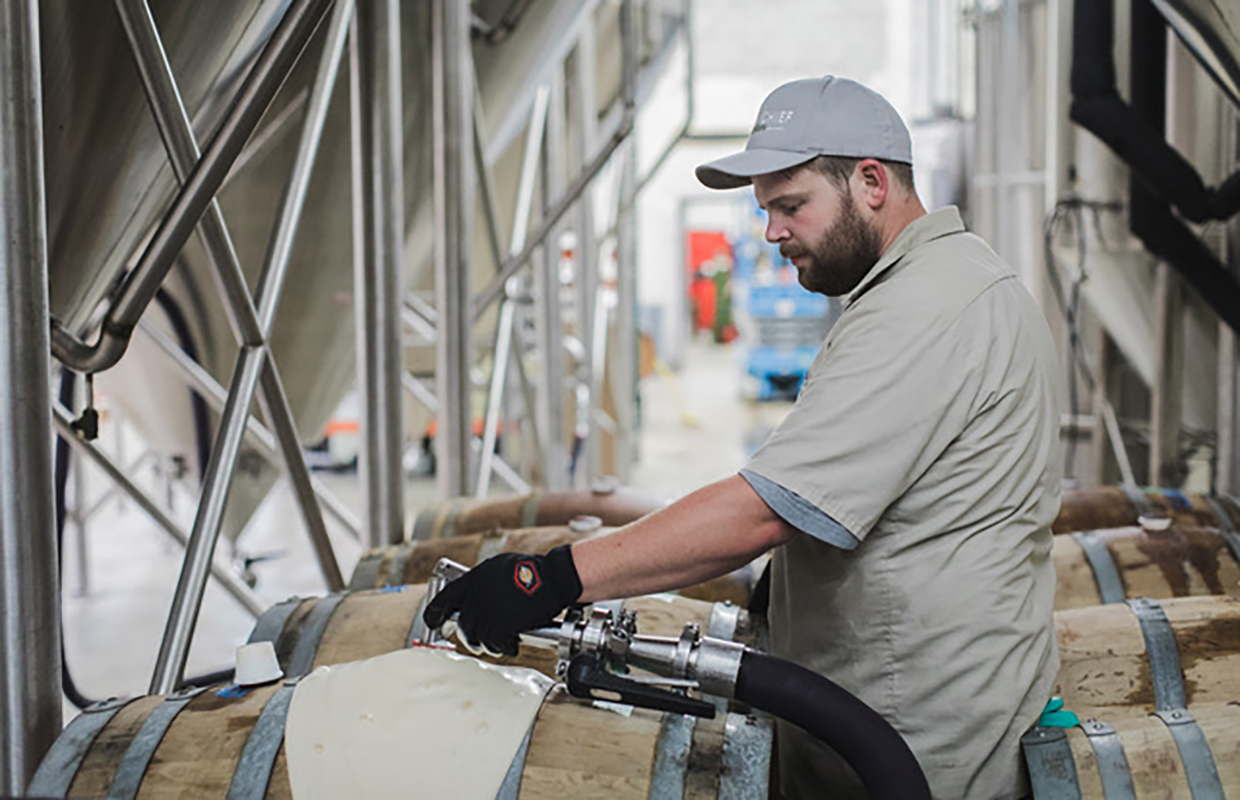
When shopping for a new brewing system, choosing the size that best fits your current and future needs is paramount to the long-term success of your business. Most often, people are concerned about not having enough brewing capacity for their initial opening. Also, it’s possible to go too large on a production scale, meaning beer might be stashed in storage for way too long.
There is More to Brewing Than Just…Well…Brewing
The most common sizing flaw made is attempting to save money in the initial stages of opening a brewery. It’s what we lovingly refer to as “Being Married to Your Brewhouse.” Starting with a brewing system that’s too small will often mean brewing four-or-five times a week. When you’re opening a new brewery, the brewing-part is only a tiny portion of the business. Other demands you’ll have on your plate are things like staffing, events, accounting, maintenance, cleaning, taproom upkeep, kitchen upkeep, and much, much more. Without appropriately sizing your brewhouse, it can feel like it takes days out of your schedule, each week, to keep up with everything involved in running your business. Your dream brewhouse versus the reality of what it takes to run a company must be considered throughout all stages of planning.
Smaller Scale = Less Revenue
The other consideration to make when sizing too small is the potential lost revenue per brew day. It takes about the same amount of time to brew 3.5 bbls of beer as it does seven bbls. The keg break-down, assuming you are selling $6 pints, equals 120 pints filled. The potential revenue per keg is $720. That 3.5 bbl is a seven-keg difference, meaning the potential lost revenue, per brew day, is close to $5,000.
Pretty steep, right?
When putting together your business plan, consider this possible revenue loss of going too small and how it will affect your bottom line. Evaluate the cost differences in brewing systems and the number of brew days necessary to recoup the investment if you select a more extensive system.
Your Time has Value
The highest cost of sizing your brewing system too small is your time. Managing a brewing system and the cellar, along with all the other duties, takes a significant chunk out of your schedule. Brewing, cleaning, transferring, cleaning, kegging, and cleaning — again — all add up. Once you factor in the other responsibilities owning a brewery entails, by the end of the week, you’ve often put in 60, 70, or 80 hours. Most of us get into making beer professionally because it is our passion; our art and science. There’s no better way to ruin that love of the craft than by working 80-hour weeks just to make the dream a reality.
Be a Part of Your Local Community
If you want to start with a smaller system, there are options! If your brews make up only a portion of the offerings in your taproom, getting a two-way beer and wine, or retail permit can be an easy and inexpensive process depending on your respective state laws and regulations. By securing a retail permit, your brews crafted in-house supplement other selections for sale. Selling beer from area breweries is an excellent way to integrate yourself into your local brewing community while showing local brewers some love and establishing relationships.
Don’t Let Your Hazy IPAs Become Clear
On the flip side of under-sizing, your brewing system is oversizing. While this is not as prevalent of a problem, it’s important to consider. Market research is essential when developing your business plan. Be realistic about the volume of beer you’ll sell. Some styles of beer, New England IPAs, for example, should have a very short lifespan as the brewer intended. Having 15 bbls of New England IPA sitting in tanks or cooperage for several months means that by the end of that beer’s life, the taste won’t compare to when it was freshly crafted. This can result in quality issues and customers purchasing their beer somewhere else.
Blichmann Engineering wants to help you make those sizing decisions when it comes to the scale of your brewhouse! We aren’t wizards who can tell you exactly how much beer you’ll sell, yet we do have years of experience helping brewing businesses get off the ground. Don’t forget to check out our Tank Planner calculator to help you decide what system size is right for you!






Be the first to comment